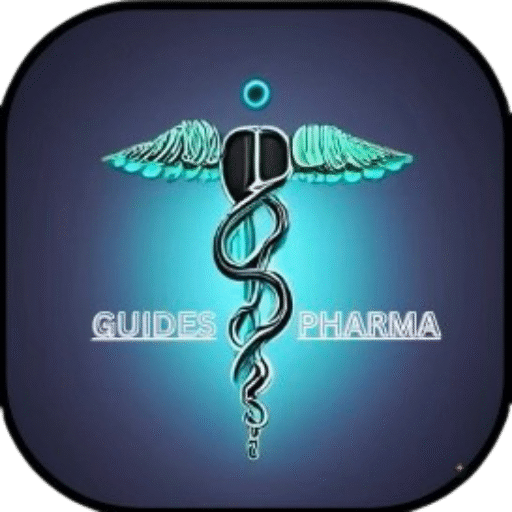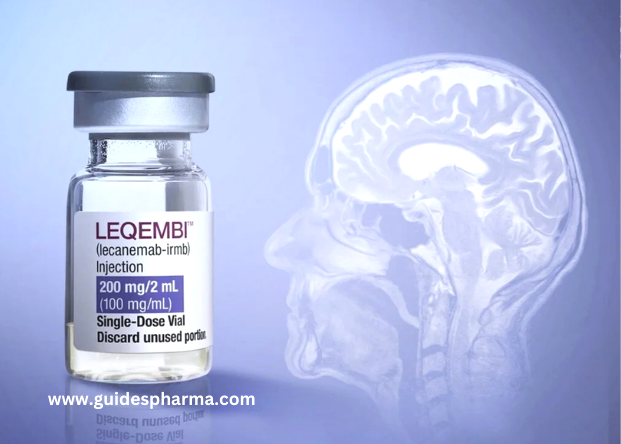Alzheimer’s disease, a progressive neurological disorder affecting millions worldwide, has long been a challenge for researchers and healthcare professionals. However, recent advancements in medical science have led to the development of Lecanemab and Donanemab, two promising drugs that have shown significant potential in slowing the progression of the disease. In this comprehensive guide, we will explore how these treatments work, their effectiveness, potential side effects, and what they mean for the future of Alzheimer’s care.
Table of Contents
ToggleUnderstanding Alzheimer’s Disease
Alzheimer’s disease is the most common form of dementia, causing memory loss, cognitive decline, and behavioral changes. It is primarily associated with the accumulation of beta-amyloid plaques and tau tangles in the brain, which lead to the degeneration of neurons. As of now, there is no cure for Alzheimer’s, making disease-modifying treatments like Lecanemab and Donanemab highly significant.
Introduction
Alzheimer’s disease (AD), a progressive neurodegenerative disorder, affects over 55 million people globally. For decades, treatments focused on symptom management, but recent advances in disease-modifying therapies (DMTs) like Lecanemab (Leqembi) and Donanemab have redefined AD care. These monoclonal antibodies target amyloid-beta plaques, a hallmark of AD pathology. This blog explores their mechanisms, clinical efficacy, safety profiles, drug interactions, and practical considerations, supported by references to trials and guidelines.
Understanding Alzheimer’s Disease and Amyloid Hypothesis
Alzheimer’s is characterized by amyloid-beta plaques, neurofibrillary tau tangles, and neuronal loss. The amyloid hypothesis posits that amyloid accumulation triggers neurodegeneration. While controversial, drugs like Lecanemab and Donanemab validate this theory by slowing cognitive decline in early AD patients.
Lecanemab (Leqembi): Overview and Clinical Data
Lecanemab, developed by Eisai and Biogen, is an anti-amyloid monoclonal antibody designed to target and remove beta-amyloid plaques from the brain. It was granted FDA approval under the Accelerated Approval Pathway due to its ability to reduce amyloid plaque buildup significantly.
Mechanism of Action
Lecanemab, developed by Eisai/Biogen, is a humanized IgG1 monoclonal antibody targeting soluble amyloid-beta protofibrils, preventing plaque formation.
Approval and Dosing
- FDA Approval: January 2023 under the Accelerated Approval Pathway; full approval granted July 2023.
- Dosing: 10 mg/kg IV infusion every two weeks.
Efficacy
The Phase 3 Clarity AD trial (NCT03887455) showed:
- 27% slowing of cognitive decline (CDR-SB score) over 18 months.
- Reduced amyloid plaques by 59.1 centiloids on PET scans.
Safety
- Amyloid-Related Imaging Abnormalities (ARIA): 12.5% incidence (ARIA-E: edema; ARIA-H: microhemorrhages).
- Infusion reactions: 26% of patients.
Donanemab: Overview and Clinical Data
Donanemab, developed by Eli Lilly, is another monoclonal antibody that works similarly to Lecanemab. It binds to a specific type of beta-amyloid protein and helps clear it from the brain. Clinical trials have demonstrated its ability to slow cognitive decline in patients with early-stage Alzheimer’s.
Mechanism of Action
Donanemab, developed by Eli Lilly, targets N3pG amyloid-beta plaques, a pyroglutamate form resistant to clearance.
Approval Status
- Under FDA review (as of 2023); expected decision by late 2024.
- Granted Breakthrough Therapy designation in 2021.
Efficacy
The Phase 3 TRAILBLAZER-ALZ 2 trial (NCT04437511) demonstrated:
- 35% reduction in cognitive decline (iADRS score) over 18 months.
- 84% of patients achieved amyloid clearance by 12 months.
Safety
- ARIA: 24% incidence (higher in APOE ε4 carriers).
- Infusion reactions: 10% of patients.
Head-to-Head Comparison
| Parameter | Lecanemab | Donanemab |
| Target | Protofibrils | N3pG plaques |
| Dosing Frequency | Every 2 weeks | Monthly (under study) |
| ARIA Incidence | 12.5% | 24% |
| Cognitive Benefit | 27% slowing | 35% slowing |
👉To learn more comparison click here
Drug Interactions: Critical Considerations
Both drugs are monoclonal antibodies with limited hepatic metabolism, reducing classic pharmacokinetic interactions. However, pharmacodynamic interactions and comorbidities require caution:
Anticoagulants/Antiplatelets
- Risk: Amyloid-related microhemorrhages (ARIA-H) may worsen with blood thinners (warfarin, DOACs, aspirin).
- Guidance: Monitor for bleeding; avoid concomitant use unless benefits outweigh risks.
NSAIDs and Steroids
- Risk: NSAIDs increase cerebral edema risk; steroids may mask infusion reactions.
- Guidance: Use short-term NSAIDs cautiously; pre-medicate with steroids for infusion.
Other Alzheimer’s Therapies
- AChE Inhibitors (Donepezil): No direct interactions, but combined use may complicate side effect profiles.
- Anti-Amyloid Drugs (Aducanumab): Avoid combination; no data on dual amyloid targeting.
Immunosuppressants
- Risk: May blunt immune response to monoclonal antibodies.
- Guidance: Avoid in patients on chronic immunosuppression.
Managing Side Effects and ARIA
- MRI Monitoring: Baseline and periodic scans (every 3–6 months) to detect ARIA.
- APOE ε4 Testing: Higher ARIA risk in carriers; consider genotyping before therapy.
- Symptom Management: Pause dosing for ARIA-E; resume based on clinical stability.
Practical Considerations for Clinicians
- Patient Selection: Early symptomatic AD (MCI or mild dementia) with confirmed amyloid positivity.
- Cost and Access: Lecanemab costs ~$26,500/year; Donanemab pricing pending. Insurance coverage requires prior authorization.
- Caregiver Education: Emphasize infusion logistics, ARIA symptoms (headache, confusion), and adherence.
Future Directions
- Combination Therapies: Trials exploring anti-amyloid drugs with tau inhibitors (e.g., Semorinemab).
- Preventive Use: Studies in preclinical AD (AHEAD 3-45 trial for Lecanemab).
- Biomarker Advancements: Blood-based amyloid/tau tests to streamline diagnosis.
FAQs
Q1: Can Lecanemab cure Alzheimer’s?
No, it slows progression in early-stage patients.
Q2: How do these drugs differ from Aduhelm?
Lecanemab/Donanemab show clearer efficacy and safety vs. Aduhelm’s controversial approval.
Q3: Are there dietary restrictions?
No, but maintain cardiovascular health to support brain function.
Conclusion
Lecanemab and Donanemab mark a turning point in AD therapeutics. While not curative, their ability to delay decline offers hope. Vigilance for drug interactions and ARIA, coupled with patient-centered care, will optimize outcomes. Ongoing research aims to enhance efficacy and accessibility, heralding a new era in neurodegenerative disease management.
References
- van Dyck, C. H., et al. (2023). Lecanemab in Early Alzheimer’s Disease. NEJM, 388(1), 9-21.
- Mintun, M. A., et al. (2021). Donanemab in Early Alzheimer’s Disease. NEJM, 384(18), 1691-1704.
- FDA. (2023). LEQEMBI Prescribing Information.
- Alzheimer’s Association. (2023). Clinical Guidelines for Anti-Amyloid Therapies.
- Sims, J. R., et al. (2023). Donanemab in Early Symptomatic Alzheimer Disease. JAMA, 330(6), 512-527.


1 thought on “Lecanemab & Donanemab: Top FDA-Approved Alzheimer’s Treatments Explained”